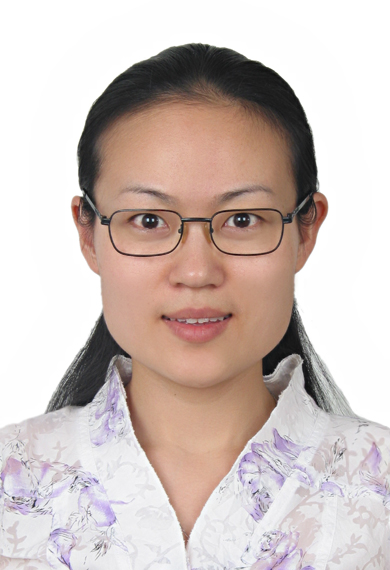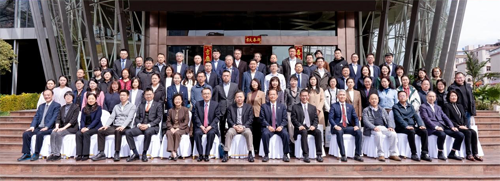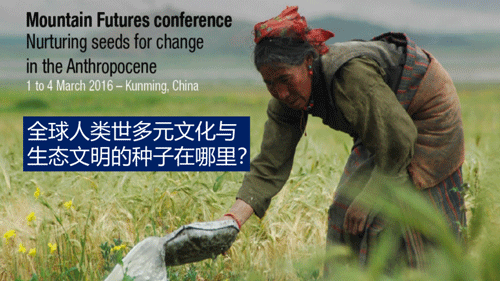The Global Souths Hub is delighted to publish our first event write-up by Li Li, who is an Associate Professor at China Agricultural University (CAU) in Beijing, China. Hear from Li Li about the evolving role China is playing in South-South Cooperations (SSC) to address Sustainable Development Goals (SDGs).

On 27-29 February 2024, the 28th Annual Meeting of the China South-South Cooperation (SSC) Network & Seminar on New Trends in SSC was convened in Kunming, Yunnan Province in China. The aim of the conference was to better understand approaches in improving SSC, to support Chinese ‘SSCers’ in their roles, and to strengthen new collaborations.
The event was organised by the Secretariat of China SSC Network in China ’s International Center for Economic and Technical Exchanges (CICETE). As a member of this Network, I attended the conference as a representative of the College of International Development and Global Agriculture (CIDGA)/China Institute for SSC in Agriculture (CISSA), at China Agricultural University (CAU). China SSC Network includes over 20 other research and training centres in diverse areas. Its aims are to promote technical and economic cooperation among countries in the Global South by providing consultancy services, sharing knowledge, organising seminars and facilitating exchange visits in diverse thematic areas.
Defining South-South Cooperation
South-South Cooperation, defined by the United Nations (UNs), manifests solidarity among peoples and countries of the Global South, contributing to national well-being, self-reliance and the attainment of internationally agreed development goals, especially the Sustainable Development Goals (SDGs). It is different from North-South cooperation (NSC), as it focuses more on small-scale, localised, targeted, peer-to-peer exchanges to effectively meet immediate needs; such as clinics, dams, highways, or villages. It is also not limited to aid, but blends investment and trade. However, many challenges still exist due to lack of trust, knowledge, and resources to bring potential SDG solutions into reality, and this annual conference makes efforts to bridge this gap.
When South-South Cooperation is implemented with the support of a Northern partner, it is referred to as Triangular Cooperation. Boosting this collaborative spirit, the UN Office for South-South Cooperation (UNOSSC) promotes and facilitates both South-South and triangular cooperation (SSTrC) for development on a global and UN system-wide basis.
New trends in SSC
As an annual get-together with over 90 participants from 50 member institutions, the atmosphere at the event was relaxed and warm. This year, the organisers made a video reviewing the last 28 annual conferences, depicting the vivid landscape of China’s SSC in supporting local sustainable livelihoods across the Global South. This included footage from diverse sectors, such as bamboo-related products cultivation, processing technology and training of International Centre for Bamboo and Rattan Research, and the International Center on Small Hydro Power, which is helping those living in remote mountainous areas by providing new technologies and knowledge. It also featured regional facilitators such as the China-Africa Business Council, with 3,000 member enterprises trading and investing within 54 African countries. There was also a great deal of SSC taking place across other sectors, such as biotechnology advancements in health and the use of Sea Buckthorn (Hippophae rhamnoides L.) to control desertification.

Greater South-South and triangular cooperation is needed
Both Ms. Wang Xiaojun, Director of UNOSSC Fund, and Mr. Zhang Yi, Deputy Director of CICETE who organised the conference, talked about how only 17% of SDG targets of the UN 2030 Agenda had been achieved, mainly in areas of industrialisation, information, and relevant employment. But, we also heard about how they are addressing this, and the UNOSSC is focused on inspiring new ideas of SSTrC, including technical innovation, rural and agricultural development from 2023 to 2030, under the framework of Global South-South Development Center (SSDC) Projects, in order to re-profile itself as a global network for centres of excellence.
Local government and institutions across China are also making great efforts
We heard about how the Belt and Road Initiative (BRI), adopted by the Chinese government to develop economic cooperation with over 150 countries since it was launched in 2013, creates immense opportunities for SSC to achieve locality-related SDG indicators. Dr. Puno Baimadanzeng, a Tibetan Director of Kunming Institute of Botany (KIB), from the Chinese Academy of Sciences (CAS), explained how KIB has been continuously forging a ‘Green Silk Road’ in the fields of biodiversity and ecological governance, constructing biological corridors and wildlife disease prevention in Africa and Asia, actively fulfilling the new Kunming-Montreal Global Biodiversity Framework (GBF), adopted in 2022 during the 15th meeting of the Conference of the Parties (COP 15) for the Convention on Biological Diversity (CBD).
Protecting mountain livelihoods and ecosystems
As one of the world’s 36 global biodiversity hotspots, KIB has a 85-year history and experience with its mission ‘originating from rivers and mountains, and dedicated to the plants’ (yuánbĕn shānchuān, jímìng cǎomù)’. Their Southwest Germplasm Resource Bank possesses the largest scientific and technological infrastructure dedicated to the collection, preservation, and sharing of wild biological germplasm resources, including seed banks, plant in vitro banks, DNA banks, microbial banks, and animal germplasm resource banks – which is an internationally advanced experimental research platform for plant genomics and seed biology.

Director Xu Jianchu from the Mountain Futures Research Center, which is part of the KIB, shared their experiences. He spoke about their work in creating circular agricultural system for the dry hot valley of Savanna World Park. This biome is located in Honghe Hani and Yi Autonomous Prefecture, Yunnan Province. Since 2016, the centre has been working with local partners to create value chains, making Calotropis gigantea (crownplant) into plant cashmere, Citrus medica (perfume lemon) into beverages and frangrances, Bombax ceiba (cotton tree) into clothes, to name just a few. Such value chains influence broader global innovation for farmers’ sustainable livelihoods in the world’s mountainous areas and regions of Savanna woodlands.

Pragmatic, Collaborative and Enabling
I would describe the conference as being pragmatic, collaborative and enabling. It was definitely pragmatic, with the UN empowering actors to development capacity in serving the SDGs. It was also highly collaborative where the SSTrC, with the help of the ministries and local governments, can gain legitimacy, authority and recognition when making and sharing efforts with ‘others’. And, finally it was enabling, with all the stakeholders instilling confidence and optimism in each other. The 7-in-1 entity comprising ‘government, industry, academia, research, finance, services, and application’ together also guarantees that no one is left behind.
Mr. Zhang concluded the conference by saying:
Those with common aspirations do not find mountains and seas a great distance,
志合者,不以山海为远 (zhìhézhĕ, bùyĭ shānhăi wéi yuăn)
Though the journey may be long and road obstructed, perseverance leads us there.
道阻且长,行则将至 (dàozǔ qiĕcháng, xíng zé jiāngzhì)
Mr. Zhang, Deputy Director of CICETE
Li Li is an Associate Professor, Global Agriculture (CIDGA)/China Institute for SSC in Agriculture (CISSA) at the China Agricultural University (CAU) and a China-US Fulbright Scholar (2011-2012). Since 2023, Li is also working as a Research Fellow, at the Institute of Development Studies (IDS) in the the U.K. Find out more about her work on Google Scholar.

Write up an event for the Global Souths Hub blog
Why not summarise the highlights of your event?
We provide a short step-by-step guide on how to write up and submit an event to the Hub.



